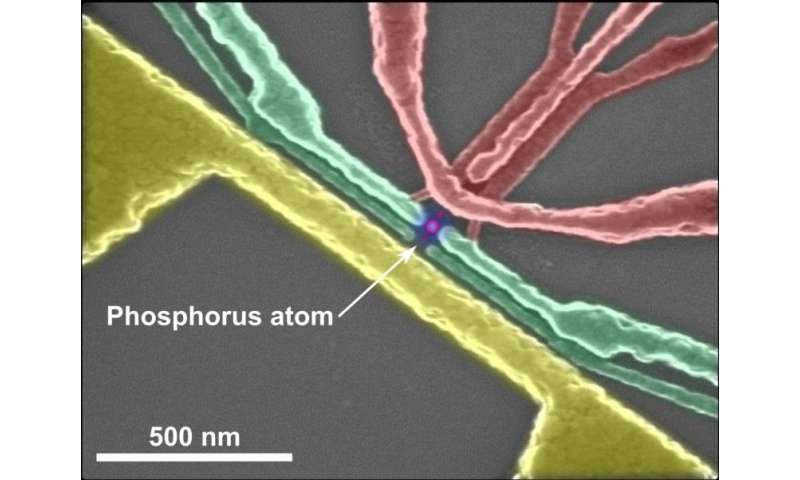Best of Last Week—Quantum entanglement at room temperature, power over WiFi and healthy food differs between people

(ScienceX)—It was another good week for physics as a team with the University of Chicago and Argonne National Laboratory announced that they had achieved quantum entanglement at room temperature in semiconductor wafers—by using an infrared laser light to align electrons and nuclei magnetically and an electromagnetic pulse to entangle them. Also, a pair of researchers at the University of New South Wales, Yevgeny Stadnik and Victor Flambaum, have shown theoretically, that dark matter might cause fundamental constants to change over time.
Another team at the University of Washington announced that they had found a way to refrigerate liquids with a laser for the first time, by essentially running the laser phenomenon in reverse. Also a team at Australia's University of New South Wales showed that quantum computer coding in silicon is now possible, by actually doing it.
It was also a big week for space exploration news, as NASA gave MIT a humanoid robot to develop software for future space missions—the robot is one of two that have been created to help with developing applications for future missions to Mars. NASA also published images of a day on Pluto, a day on Charon, from July 7th and 13th. Also researchers at the University of Arizona published the first photo of a planet in the making—LkCa15, a young star with a transition disk around it.
In other news, 'Power Over Wi-Fi' was named one of the year's game-changing technologies, by Popular Science—researchers on the project found a way to grab the energy in a WiFi signal and use it to power a temperature sensor, a development that could have a major impact on the creation and use of indoor devices. Also a trio of psychologists at Washington State University disputed the continuum theory of sexual orientation—they claimed their study involving 33,000 American adults showed that there are distinct qualitative differences in sexual orientation, rather than the homosexual-heterosexual continuum used to describe sexual orientation first hypothesized by Alfred Kinsey.
And finally, if you have been wondering why some people seem to be able to eat more than you and still stay slim, a team of researchers with the Weizmann Institute of Science in Israel, has found that 'healthy' foods differ by individual—and not just due to BMI or age, some showed vastly different responses to the same food even though their individual responses did not change from one day to the next.
© 2015 ScienceX